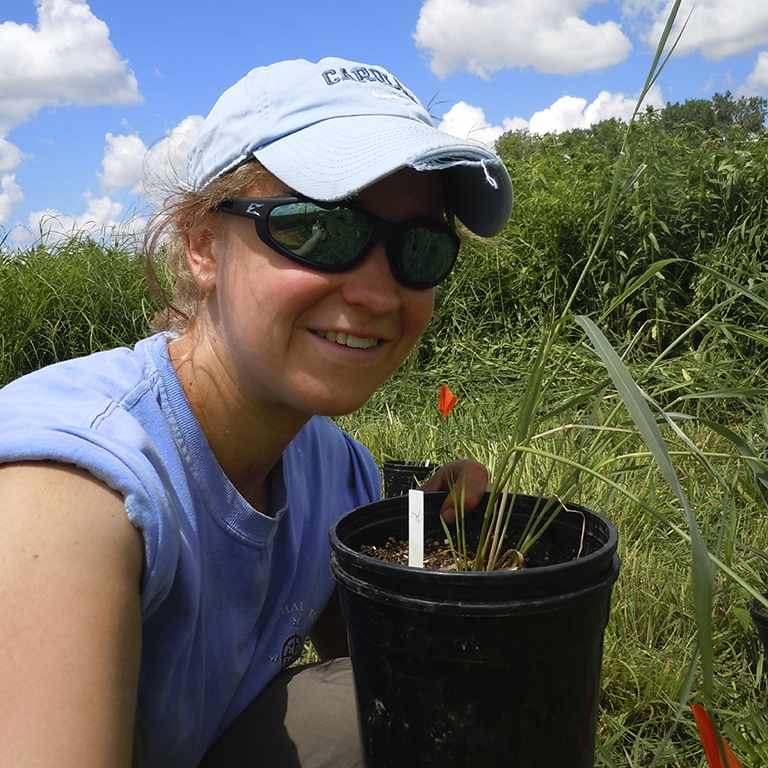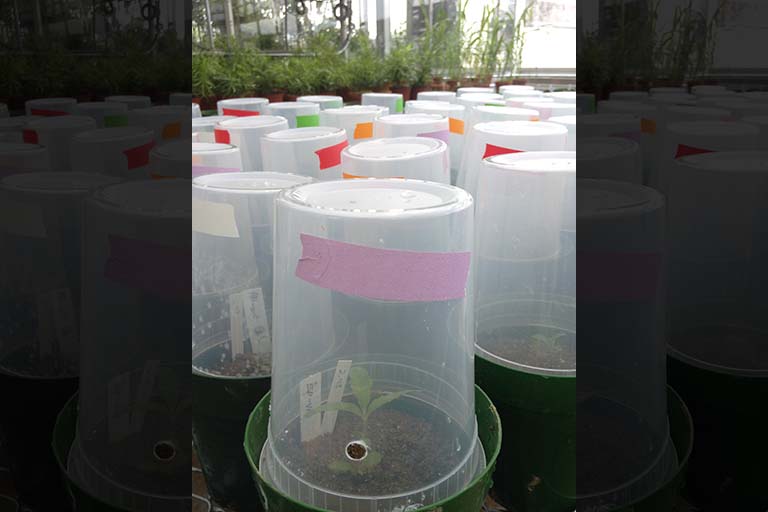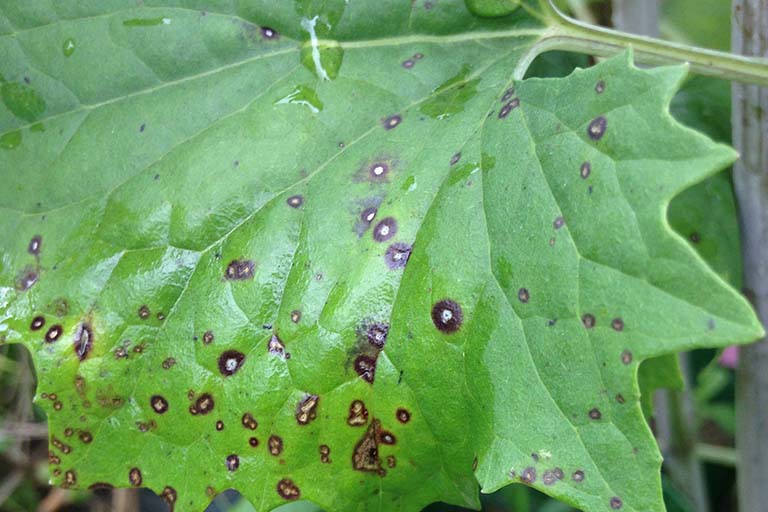Microorganisms are the invisible colonizers of every type of multicellular organism on the planet. These cryptic associations form what is known as the “microbiome” and can have profound impacts on host health and performance. What's more, sequencing technology advancements over the past two decades have tremendously improved our ability to document and describe the species make-up of these microbial communities.
When faced with such incredible diversity, however—how do we understand the function of these microbiomes for host health? Most research to date has tried to determine microbial function by infecting one or two microbial species onto hosts at a time, but the real world is much messier. Plant species live side-by-side in prairies and forests, getting exposed to microbial colonizers derived from hosts like themselves (conspecific hosts) and microbial colonizers derived from 'unlike' hosts (heterospecific hosts).
Research by Briana Whitaker (graduate student, Clay lab), Jonathan Bauer (postdoc, Bever lab), Jim Bever (former professor of biology at IU), and Keith Clay (distinguished professor of biology) builds on this natural messiness to understand how microbiomes derived from conspecific hosts and heterospecifc hosts can feedback to affect how the two plant species might coexist or, alternatively, outcompete one another.
This idea of understanding the effects of plant microbiomes on plant health and plant species coexistence has been tested numerous times in the past for soil associated microbiomes. Novelly, the Whitaker et al. work demonstrates the importance of microbiomes associated with the phyllosphere (aboveground tissues in plants). This work is the first to test and manipulate whole microbiomes of aboveground tissues for plant species.



 The College of Arts
The College of Arts